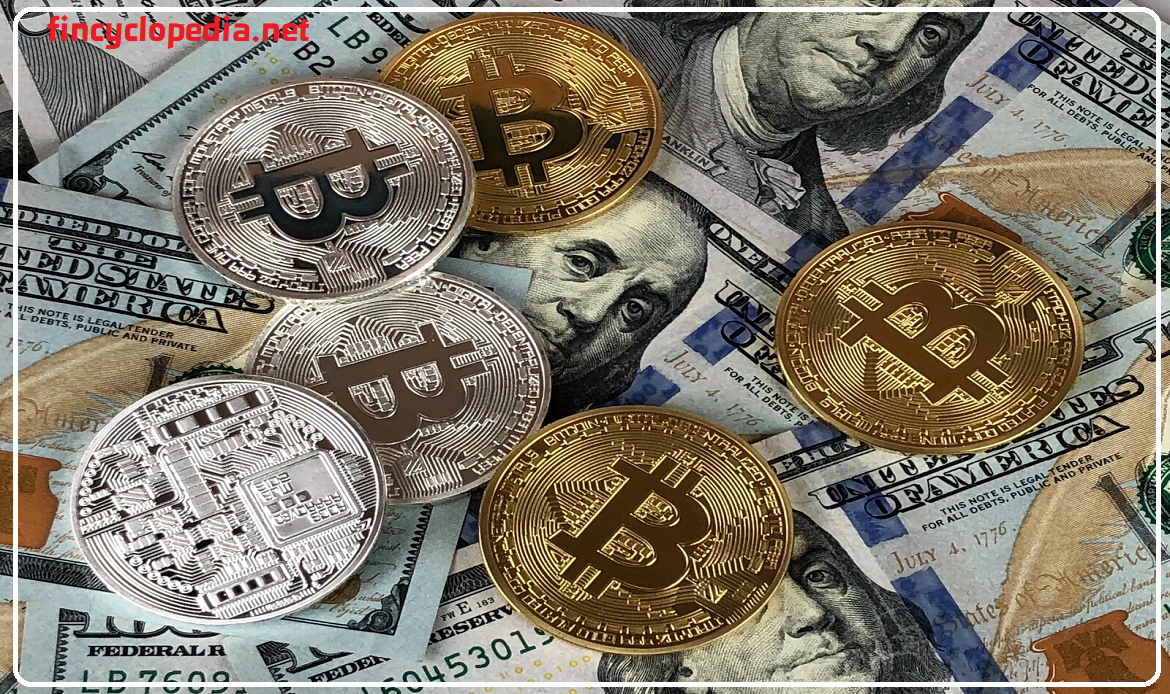
Concept
A virtual currency is an electronic representation of value that does not take a physical form. It is a type of digital currency that principally provides a means of payment (among other functions) for goods and services over the internet, or broadly on an online platform, while utilizing encryption technology. The currency is used by an unspecified large number of individual and businesses/ entities and can also be converted (in either direction) to legal tender, such as dollars and euros at dedicated exchanges. This currency has the traditional features of money, and is designed to ensure security to all parties involved in an exchange, by multiple means such as public key cryptography and hash functions. Transactions that are made via virtual currency are recorded, with public accessibility, in units known as blocks, forming the broader network called a blockchain. The blockchain technology is instrumental for running different types of virtual currencies. Virtual currencies can be used the purpose of paying consideration for the purchase or leasing of goods or the receipt of such items or certain services between counterparties. The currency is transferred by means of an electronic data processing system.
Virtual currency vs. legal tender
Legal tender is officially issued by a government authority in the form of banknotes or coins. It is a form of money (currency) that courts of law and the broader legal system in a country legally recognize as satisfactory means of payment for any monetary debt within its jurisdiction. In other words, it is a form of money legally valid for the payment/ settlement of debts (and coutervalues) and that must be accepted for that purpose when presented by a legal or corporate person. Legally valid money (fiat money), if tendered by a debtor in payment/ settlement of its monetary obligation, must be accepted by the creditor as a means of payment and settlement. By contrast, virtual currencies are issued by users or network participants using blockchain technology without the intervention and support of an issuing authority or administrator.
Principally, the value of a fiat currency is derived from the trust and confidence that people have in the government or central authority that issues it. In its very essence, fiat currency is money created with a government permit, and it is accepted as a medium of exchange for goods and services. Being a source of money, it would serve other functions of money: store of value and unit of account. For a virtual currency, the value depends on general acceptance within the network community and beyond, and factors such supply and demand play a crucial role in determining its performance.
Difference from electronic money
Electronic money is a means of payment that allows funds to be transferred electronically via a third-party infrastructure. Commonly used forms of electronic money enable electronic payments based on the official legal tender officially in use. While virtual currencies bear certain similarities with electronic money in terms of enabling electronic payments without the use of physical money (banknotes or coins), with the former it is possible to transfer value, directly through blockchain technology, without an intervention from a third-party entity.



